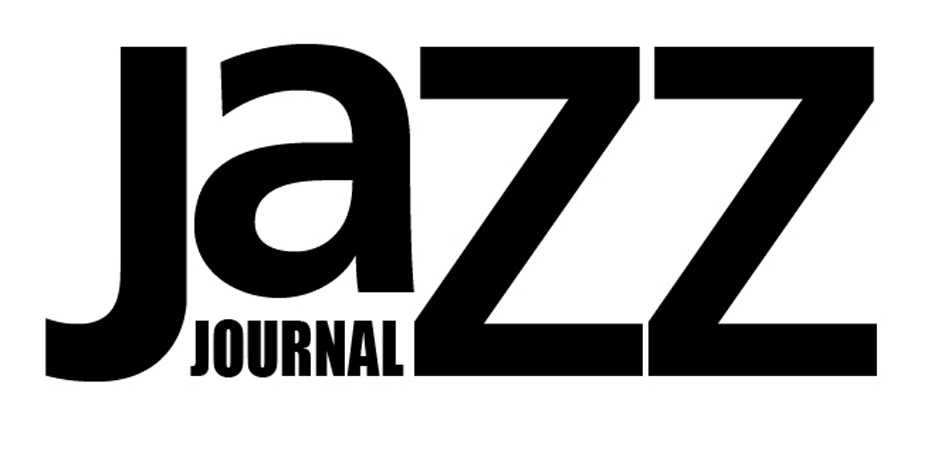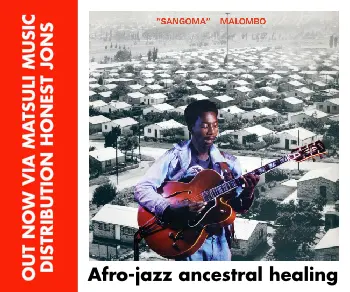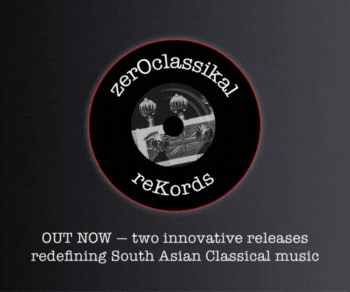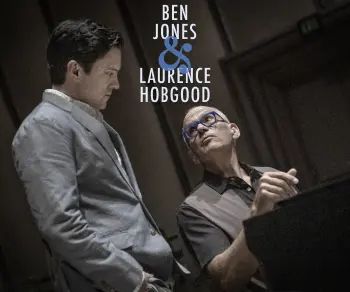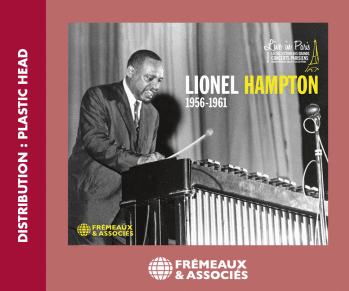Angelo Debarre: Gypsy Guitars 2 (Label Ouest 304 088.2)
Of the virtuoso heirs to Django Reinhardt, Angelo Debarre has often seemed reluctant to be an exclusively American-style swinger. The cover of his latest album could have been a promo for an appearance at the Théatre des Champs Elysées, since it shows him, bassist Frank Anastasio and second guitarist Serge Camps in concert dress, with his companions also dickie-bowed.
The album confirms Debarre’s style as rococo Reinhardt and himself as an exponent of a manouche tradition that permeates throughout Europe and not just, as in Reinhardt’s case, embracing Americana. Camps arranged the Suite Hongroise and the Suite Roumaine from traditional material and Valse Des Écoliers by the Russian Isaac Dounaievski, all three a lot different from James P. Johnson’s Charleston.
The trio has 35-year-old form. Camps owned La Roue Fleurie, a famous centre of gypsy jazz in Paris, where in 1989 the three recorded Gypsy Guitars, an album that helped to revive Reinhardt-derived manouche as a modestly commercial proposition.
The chart common to that first album and this one is The Sheikh Of Araby. After a formal here-we-are intro, the tune bolts at an almost reckless prestissimo – too fast for Debarre to guarantee that blurred fingers will not sometimes result in blurred intonation. Reinhardt the devotee of American jazz is evoked in Cousin Django, Claude Bolling’s jogging take on Minor Swing.
In between, among others, there’s Debarre’s La Manouche, a determinedly breakneck and determinedly repetitive waltz. It’s an example of the 3/4 merry-go-round tunes he favours, such as his Manège and a Camps arrangement of Souvenir De Toronto, marked by a segue into duple time and typical tempo changes.
Debarre’s florid tendencies need the space afforded, for example. by Sans Toi Je N’ai Plus Rien, the French version (in its vocal form) by Jean Loysel of Bei Dir War Es Immer So Schön.
Not the least virtue of manouche is the way it grafted jazz on to its cultural origins without seeing any need to abandon them.
Simon Linnert, Richard Andersson, Allan Mednard: Sayeh (Hobby Horse HH26)
The name Simon Linnert Trio doesn’t appear on the Danish pianist’s first trio album, though his place on the cover’s title ranking makes him first among equals with compatriot bassist and long-time collaborator Richard Andersson and American drummer Allan Mednard. In any case, Linnert’s approach borders if not on self-effacement then on uniform self-control. Combined with the expertise of Copenhagen recording maestro Boe Larsen in bringing Andersson and Mednard up to the piano’s sonic level, and balancing all three nicely, it’s sometimes difficult to know who’s in charge. At this stage of the jazz piano trio’s evolution, that will always be a good thing.
“Sayeh” – also not referred to in a translated form – might be the Persian concept of sanctuary and peace. There are three tracks under that title composed jointly by the trio members. Each develops a similar form of lyrical stasis. Sayeh III sees Andersson and Mednard eager to move off but Linnert’s calming presence prevails.
These resting places on an album that already adopts a super-cool view of original compositions and charts by Andrew Hill, Paul Motian, Wayne Shorter, Thelonious Monk and Carla Bley might be considered over-relaxed. The Hill, Motian, and Bley tunes are described as “re-imagined”, which is a fit description in that each musician seems to be viewing oil-on-water chord changes from a discreet, slow-moving vantage point while sticking close to each other.
At times, Larsen’s recording technique resembles the admission of drums and bass to the piano room where originally the connection was via an open door, a common enough situation when the two are just accompanists. Larsen brings them up to the mike and locks them in. The result is that both occupy a space much conducive to bold creativity, sanctioned by the pianist. Andersson’s walking lines on Shorter’s Nefertiti are almost a tongue-in-cheek rarity, while Mednard’s tom-tom sticks on Linnert’s meditative Thelious (“Thelonious” without the “o” and “n”?) set up an atmosphere of quiet ritual. If nothing else, the interpretation of Monk’s Boo Boo’s Birthday shows how, when playing a Monk tune, it’s difficult to get away from Monk himself. Everywhere, but especially on Motian’s Once Around The Park, Andersson’s is a booming, almost appropriating, presence and Mednard a model of restrained emancipation.
Juan Carmona: Laberinto De Luz (Nomades Kultur NK 106)
Flamenco is a musical style that keeps augmentation at a length. It’s self-sufficient, thank you, except sometimes for stomping dancers and their castanets. Two flamenco guitarists is usually one too many, even when the Rioja is flowing.
The French guitarist Juan Carmona shows how evocative a musical force it is by placing it at the head of upbeat compositions in a Latin / Iberian / North African style and performed by, on average, nine personnel. That nearly always includes solo voices and backing choirs, though the choral effects are more integral than supplementary. On Misterio Sin Igual, they have a siren-like character, and Carmona’s flamenco guitar is less given to inflammatory outbursts. Similarly, in La Teresita, the flame becomes a bright, mildly eruptive smoulder and the guitar relatively free of the album’s ready panoply of sounds.
There are plenty of them, washing freely around the staple jazz combo of Luis Guerra and Richard Larrozé on piano and keys, Isidro Suarez on kit and percussion, and a choice of bassists. Carmona and Larrozé share the composer credits. Among the platoon of singers are Noemí Humanes, Nicole Lise, Montse Cortés and Virginia Alvés. Danza Del Agua also takes on board the Istanbul Strings and the tablas of Pinku. The opening Tesoro De Melodías is a collaboration with Al di Meola.
With these resources at Carmona’s disposal on 12 charts barely making it to four minutes apiece, the production values are first-class and the compositional strategies inspired, if a little oft-repeated. Carnival is never far off.
In Dejando Sonidos, Liró, and Música En Mi Boca, among others especially, a fine balance is struck between the tune as flamenco vehicle and the flamenco style as transformative of the tune.
At just over 38 minutes, never was so much care and effort lavished on a project of such short but bountiful duration.
